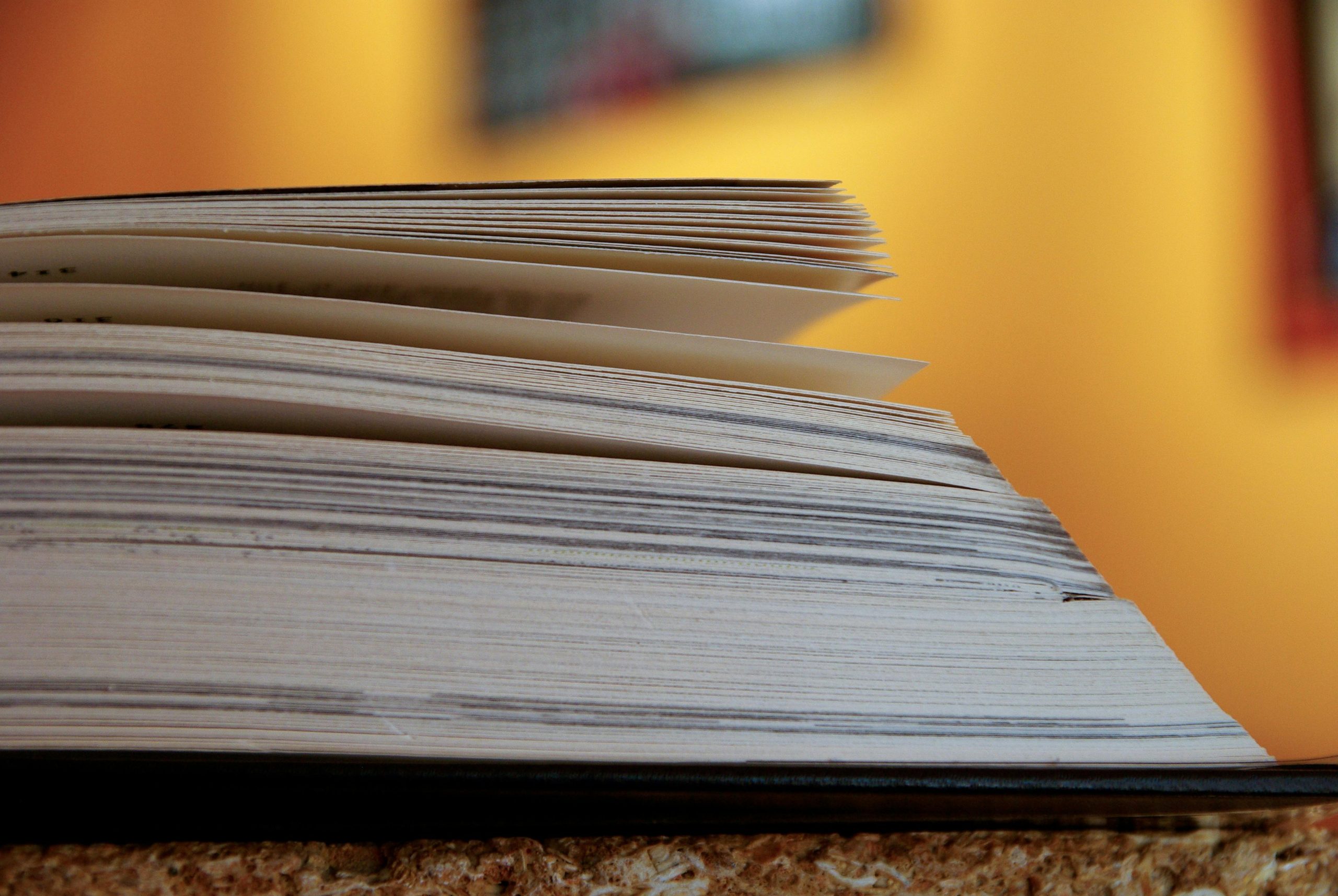Plastic is ubiquitous in our daily lives due to several factors. Firstly, its versatility is unmatched; it can be molded into countless shapes and forms, making it ideal for a wide range of applications from packaging to automotive parts. Secondly, plastic is lightweight and durable, which not only reduces transportation costs but also extends the shelf life of products, especially in the food industry.
Additionally, plastic is often more cost-effective than alternatives, making it an appealing choice for manufacturers. The development of new types of plastics, including biodegradable options, has further entrenched its use, as they address some environmental concerns while still providing the benefits of traditional plastics.
Moreover, consumer habits and expectations play a significant role. The convenience of plastic packaging, for example, meets the demand for fast-paced lifestyles and on-the-go consumption. As such, industries, driven by consumer preferences and behavior, continue to produce and use plastic extensively, despite growing awareness of its environmental impacts.
Efforts to reduce plastic usage are being made through initiatives aimed at promoting recycling, the development of sustainable materials, and changes in consumer behavior; however, the transition away from plastic is gradual and complex. The infrastructure and technology needed to support such changes still need to evolve significantly, which is why plastic remains so prevalent today.



